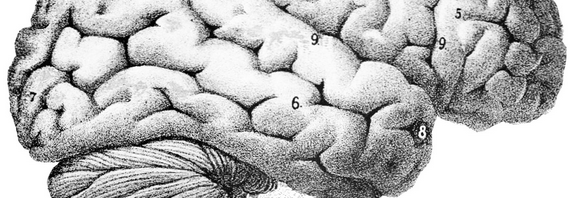Concussions are a solemn topic to every athlete. With as few as three concussions potentially ending a high school career, they’ve become the bogeymen of aspiring athletes. A sickening collision or jarring tackle can lead to dizziness, headaches, and nausea, but more serious complications can arise from these instances of traumatic brain injury (TBI) that have a lasting effect.

Recent news from the NFL has been filled with evidence of the lasting impact of concussions. Players suffering from neurological imbalances and disorders have called for the spotlight to be shone on the role that concussive and sub-concussive impacts have played in the development of their conditions.
This has prompted a complete overhaul of how head trauma is handled both on the field and the sidelines with strict rules regarding helmet to helmet contact and doctors immediately screening for symptoms of concussion. New helmets are also in development that serve to reduce the impact felt by the head and hopefully reduce the instance of injury.
Unfortunately, these measures might not be thorough enough. The latest research into concussion related injuries have concluded that even mild head trauma, usually called mild traumatic brain injury (mTBI), can develop into serious neurological disease. After experiencing a repetitive series of mTBI’s, a person could be at risk for developing Chronic Traumatic Encephalopathy (CTE) despite showing no classical symptoms of a concussion after any of their injuries.

So, what can be done? While the pros will have sophisticated means of protecting themselves from lasting damage, ultimately, the protection that we can offer those high school athletes comes from parents and coaches willing to educate themselves about the dangers of concussion. Know the symptoms and protocols of concussion, but most importantly let your athletes rest. A recent, comprehensive study of concussions has shown that a subsequent concussion within 7 days of the first significantly worsens the nerve damage suffered. In contrast, injuries after this time frame are not compounded and so cause less lasting damage than those that overlap with previous mTBI’s.
Educate yourself. Rest your athletes after an injury to make sure they keep the memories of their glory days.
Their present and future is in your hands.
The Hidden Danger of Concussions
